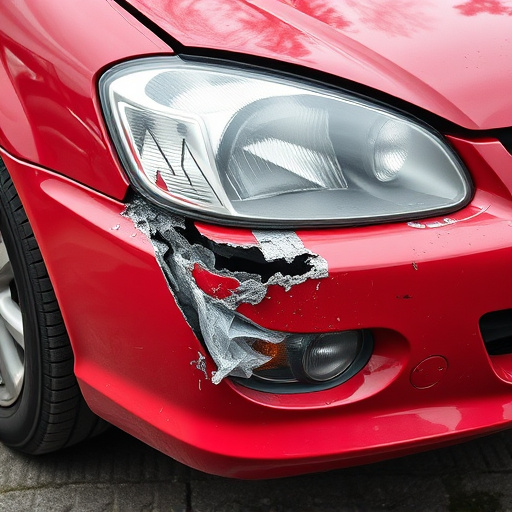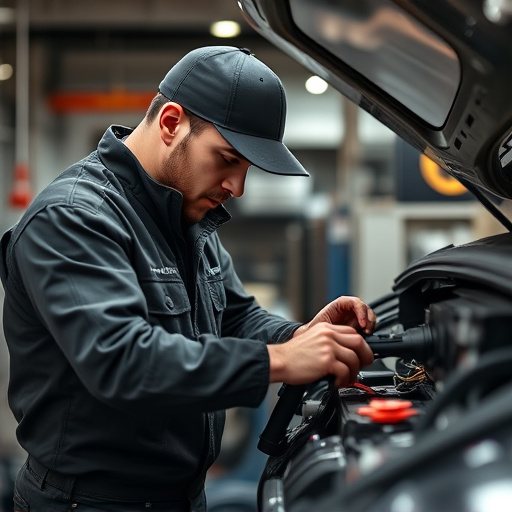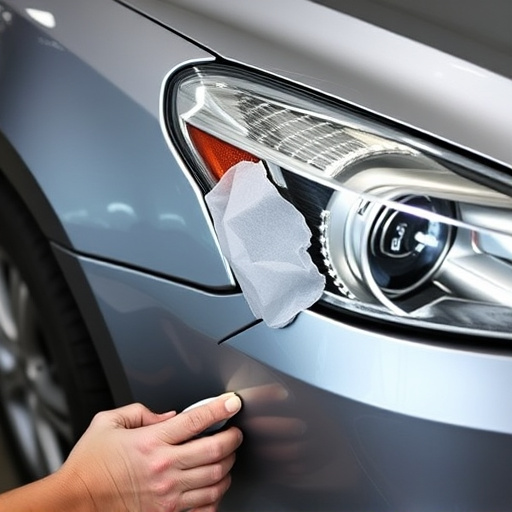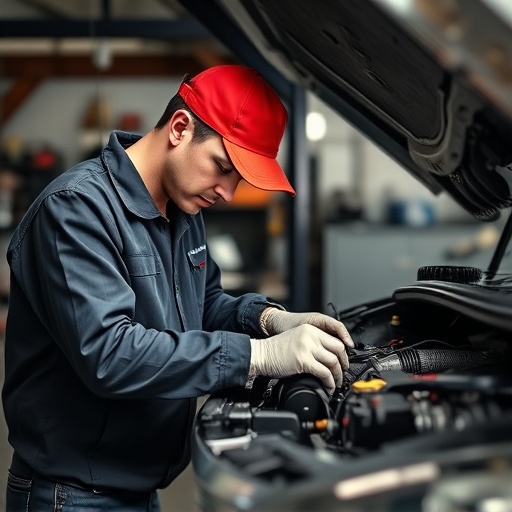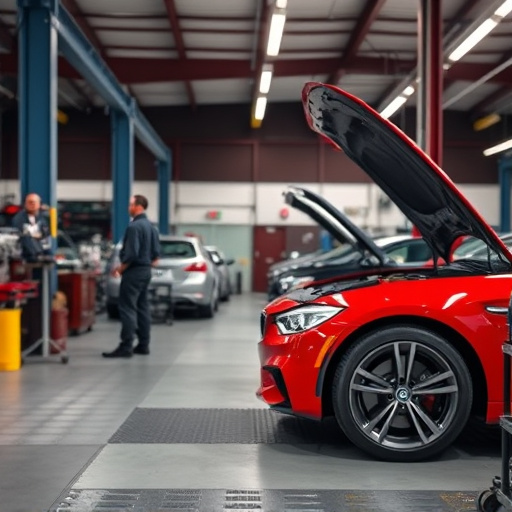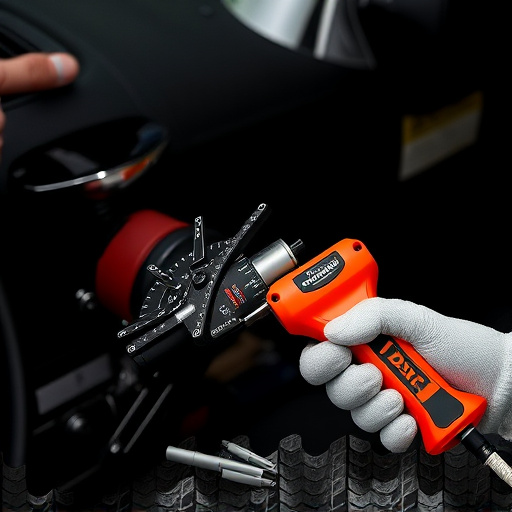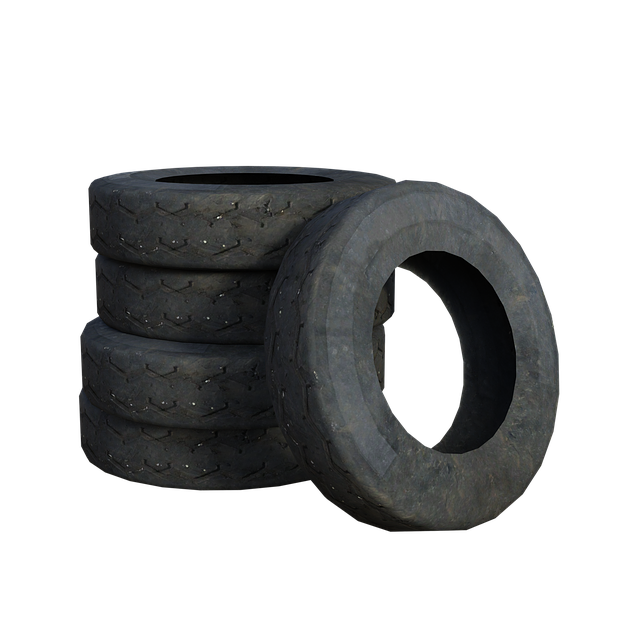Tesla's Seatbelt Pretensioner Reset System is a vital safety feature that automatically tightens seatbelts during collisions, reducing injury risk and working in tandem with its advanced Occupant Classification System. This system analyzes occupant data to customize airbag deployment and pretensioning. Regular cleaning, updates, and maintenance ensure optimal performance, crucial for vehicle safety comparable to preserving car paint and body integrity through effective dent removal.
“Tesla’s innovative Seatbelt Pretensioner Reset and Occupant Classification System is a cornerstone of its advanced safety technology. This article delves into the intricate workings of these systems, offering a comprehensive guide for owners. We’ll explore how the pretensioner reset process optimizes passenger protection, while the occupant classification system ensures tailored safety responses. Through troubleshooting tips and sync strategies, you’ll learn to maintain peak performance, ensuring a secure and efficient driving experience.”
- Understanding Tesla's Seatbelt Pretensioner Reset System
- The Role of Occupant Classification in Safety Features
- Troubleshooting and Syncing for Optimal Performance
Understanding Tesla's Seatbelt Pretensioner Reset System

Tesla’s Seatbelt Pretensioner Reset System is a safety feature designed to optimize occupant protection during a collision. When a crash is detected, the pretensioners automatically tighten the seatbelts, reducing the risk of serious injuries by minimizing the movement of occupants. This system is crucial for ensuring that every passenger is securely in place.
Understanding how this reset works is essential for Tesla owners. After a collision or when the system detects a need to reset, it triggers a sequence where the pretensioners release and then quickly re-tighten the seatbelts. This process can be initiated manually through the vehicle’s control system, allowing drivers to ensure the safety of all passengers. While car paint repair and auto body services are unrelated to this feature, understanding how the seatbelt pretensioner reset syncs with Tesla’s overall occupant classification system highlights the comprehensive approach to passenger safety that the company employs.
The Role of Occupant Classification in Safety Features
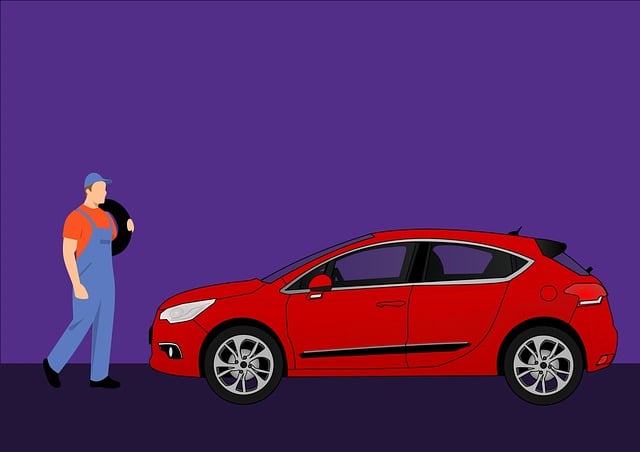
The Occupant Classification System plays a pivotal role in enhancing vehicle safety, particularly when it comes to airbags and seatbelt pretensioners. Tesla vehicles are equipped with advanced technology that analyzes various factors about the occupants to ensure optimal deployment of safety features during a collision. This system considers elements like height, weight, and seating position to determine the level of force needed for airbag inflation and seatbelt tightening (Tesla seatbelt pretensioner reset). By understanding these nuances, it can significantly reduce the risk of injury or even prevent fatal accidents.
For instance, in a collision, if the system detects a child or petite adult, it will adjust the airbag deployment and pretensioner response accordingly, minimizing potential harm. This level of customization ensures that safety measures are tailored to each passenger’s unique needs, making the experience more secure and comfortable. Moreover, maintaining proper synchronization between this classification system and other active safety features is crucial for a seamless and effective performance at a collision repair center or car paint services.
Troubleshooting and Syncing for Optimal Performance
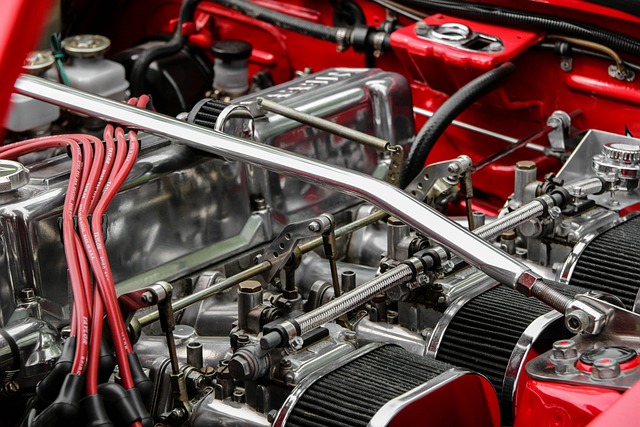
When dealing with Tesla seatbelt pretensioner reset and occupant classification system sync, troubleshooting is a critical step for optimal performance. Start by ensuring all sensors are clean and unobstructed. Any debris or misalignment can disrupt the system’s ability to accurately detect occupants and adjust pretensioners accordingly. Regular maintenance, including checking and replacing any worn-out components like sensors or wires, is essential to prevent false readings.
For sync issues, verify that the vehicle’s software is up to date. Tesla regularly releases updates that improve safety systems and fix compatibility problems. Visit an auto collision center or a qualified mechanic if you experience persistent issues. They can perform a diagnostic scan to identify any underlying problems, including faulty wiring, sensor malfunctions, or coding errors. Remember, proper syncing ensures the seatbelt pretensioners activate correctly during an auto collision, enhancing the overall safety of the vehicle, much like how efficient dent removal techniques restore a car’s exterior without compromising structural integrity.
In understanding and maintaining Tesla’s sophisticated seatbelt pretensioner reset system, the integration of the occupant classification feature plays a vital role in enhancing vehicle safety. By ensuring proper synchronization between these two systems, drivers can optimize their vehicle’s performance, providing both efficient operation and maximum protection for all occupants. Regularly troubleshooting and syncing these features is key to keeping your Tesla safe and ready for any journey. For a seamless experience, remember the importance of a proper Tesla seatbelt pretensioner reset as part of your vehicle’s routine maintenance.
